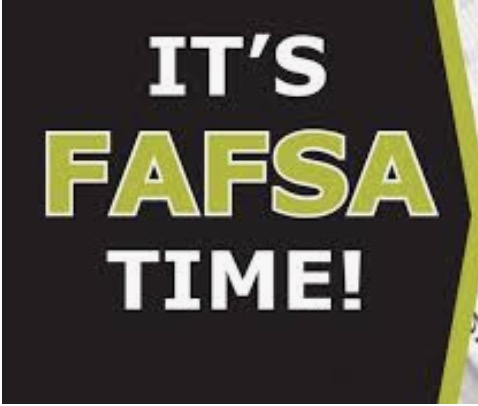 Financial aid awards typically include a mix of ingredients such as federal grants, institutional / merit scholarships, work-study earnings, and loans of various types.
Financial aid awards typically include a mix of ingredients such as federal grants, institutional / merit scholarships, work-study earnings, and loans of various types.
Comparing student aid packages, and figuring out the true affordability of any particular college can be both challenging and confusing. The essential initial steps are to distinguish quality from quantity (more is not necessarily better) and to separate free money (grants and scholarships) from what needs to be paid back.
It is also important to keep in the mind that a college’s initial aid offer may not be its best one. It is not unusual for student aid offers to be adjusted, especially when there is new information to consider.
Federal aid is the cornerstone of most student aid packages and can include:
- Pell Grant For lower income families, a Pell Grant is usually part of the package. A Pell Grant is free gift from the U.S. government, to be used for education. Grants, unlike loans, do not have to be repaid.
- Federal Work Study Federal work-study money can be earned by working in an eligible campus job. The FWS Program provides funds for part-time employment at participating institutions. Hourly wages can be no less than the federal minimum wage. Typically the school pays about 25% of the wages and the federal government contributes the rest. The pool of money available for the FWS program is set by the U.S. government and varies each year. Since funding is limited, all eligible students may not be able to take full advantage of the program. Eligibility is based on FAFSA-related criteria.
- Perkins Loan The Perkins Loan is a federal student loan with attractive benefits. Recipients can borrow up to a specified amount and interest on the loan does not start to accrue until the student graduates from college. Eligibility is based on FAFSA-related criteria.
- Stafford Loan Stafford Loans are federal loans that come in two varieties –subsidized and unsubsidized. The interest rate is significantly lower for the subsidized program. Repayment for both loan types is deferred while the student is enrolled in a qualified educational program. Subsidized loans are offered based on demonstrated financial need. During authorized deferment periods, interest on subsidized Stafford Loans is paid by the federal government. Unsubsidized Stafford Loans accrue interest while the student is enrolled in school. While payment on unsubsidized loans can be deferred until after graduation, accrued interest is added to the loan principal.
- PLUS Loan Due to annual limits on Stafford loans, some parents take out federally guaranteed PLUS (Parent Loan for Undergraduate Students) loans to pay expenses not covered by other sources of aid. Interest rates on PLUS loans are higher than other federal education loans and often exceed the rate associated with a home equity line of credit.
Outside of federal student aid programs, many schools award their own grants and merit scholarships.
- College Grants / Merit Scholarships Individual colleges and universities are by far the largest source of scholarships, far eclipsing private scholarships. Merit awards are made without regard to financial need. Many students with less than stellar credentials may be eligible receive generous merit scholarships. Many schools also award additional grant money to selected students with financial need. The size and availability of these grants is usually based on the desirability of the student, often without regard to need. Grants and scholarship money almost never have to be repaid.
Many schools provide student aid packages consisting primarily of loans to students with less desirable credentials and endeavor to attract favored applicants with generous grants and scholarships.
Families should take the time to fully understand all components of a financial aid package to determine whether or not a particular school is affordable.
If an aid package is not sufficient, or the offer is considerably less than other awards, it may be worthwhile to appeal. When appealing, explain your rationale along with any relevant changes in your financial situation and/or special circumstances. Often information presented on the FAFSA doesn’t tell the full story. In addition to making a case for more aid based on need, some schools will provide increased aid based on their desire for a particular student to enroll. Financial aid officers acknowledge that some colleges will sweeten the offer to attract a desirable student who might otherwise attend elsewhere. Some families have secured more attractive packages by sharing details of what was offered by other institutions (of similar selectivity) and by specifying an amount that would make attending affordable.
Author:
Lynn Radlauer Lubell, Publisher of InLikeMe.com and Founder of Admission By Design, an Educational Consultancy based in Boca Raton, Florida.
Copyright InLikeMe.com and Phrazorp LLC. All rights reserved.

Lynn Radlauer Lubell, Publisher of InLikeMe.com and Founder of Admission By Design, an Educational Consultancy based in Boca Raton, Florida.



